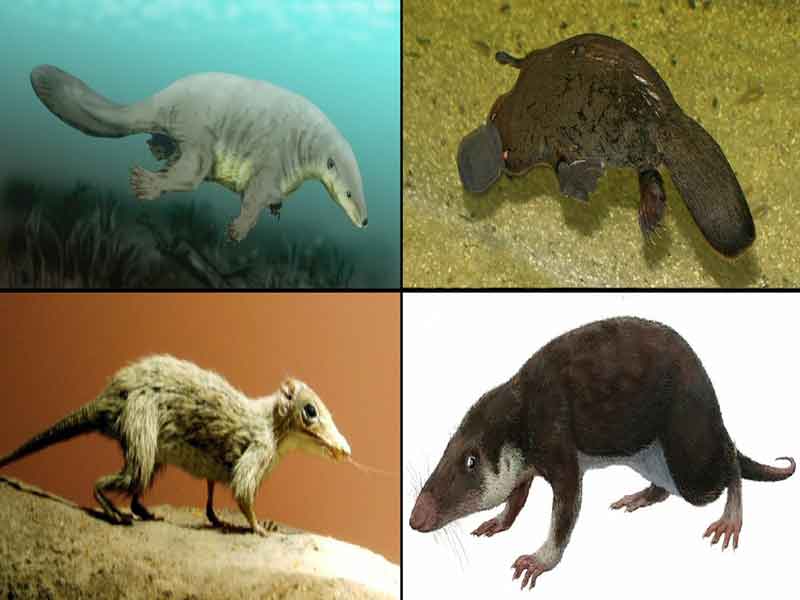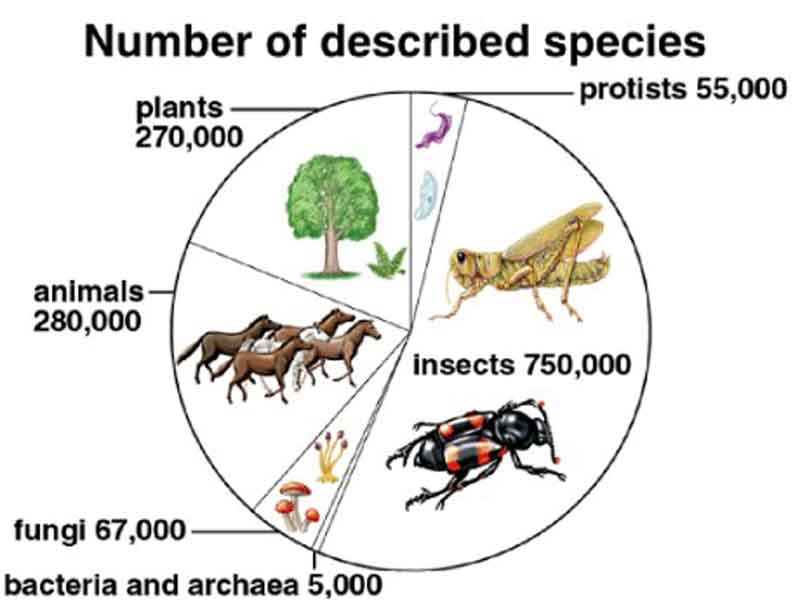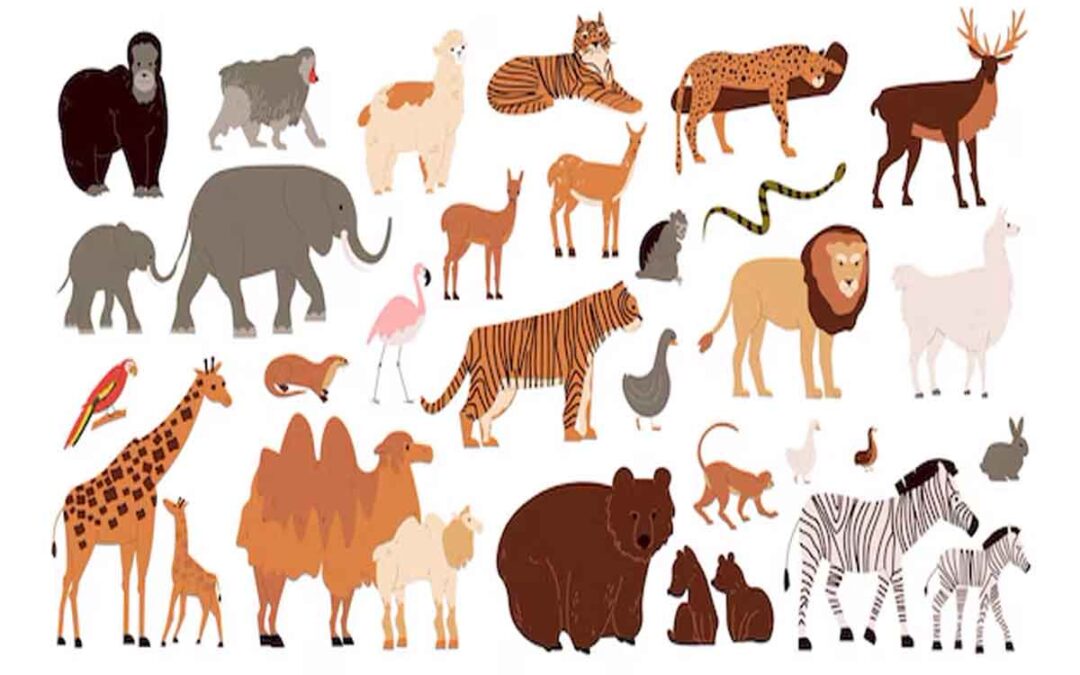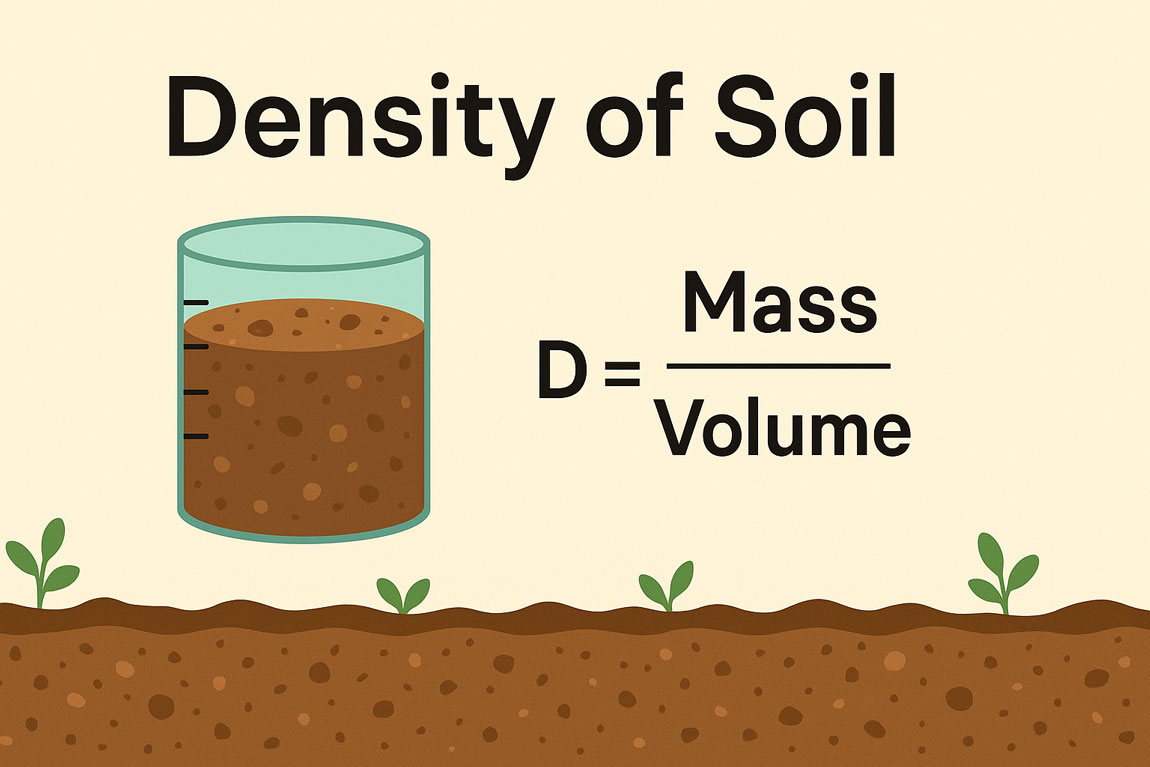Mammals comprise a remarkably varied group of animals, with estimates ranging from 5,000 to 5,500 species that have adapted to thrive in numerous environments. While most species inhabit terrestrial ecosystems, some, such as otters, seals, and dolphins, have made their homes in freshwater and oceanic habitats.
Evolution and History of Mammals:
The earliest mammals emerged from therapsids, often referred to as “mammallike reptiles,” during the mid-Triassic period, approximately 220 million years ago. Tiny, shrew-like creatures that lived in trees eating insects, mammals were only a minor element in a land quickly dominated by dinosaurs.
Fossils reveal that these early mammals had large eye sockets, indicating they may have been active at night (Nocturnal). The most primitive mammals, direct descendants of therapsids, were members of the subclass Prototheria.
Most prototherians were small and resembled modern shrews. All primitive animals laid eggs, just like their therapsid ancestors. The only remaining primitive animals today are the monotremes, which include the platypus and the echidna.
What is a Mammal?

- They are the only creatures that possess hair.
- The reproduction of mammals is unique, as they are the only animals that produce milk
- Fertilisation is internal
- The monotremes (platypus and echidnas) produce shelled eggs, which they incubate.
- The marsupials (kangaroo, wombat, possums, etc.) have an abbreviated development in the uterus.
- Placental animals (cats, dogs, monkeys, etc.) develop protractedly in the uterus.
- They possess various teeth, including incisors, canines, premolars, and molars.
- Certain animals lack both premolars and molars.
- Together with birds, the only “warm-blooded” group with a constant body temperature (homeothermic).
- Thus, they can regulate their body temperature, allowing them to live in various temperatures, including colder climates.
- Structures associated with the perception of the senses of sight, sound, smell, and taste are often extremely well developed, as is the brain.
Key Features of Mammals:
- The female’s mammary glands produce milk for the newborns. This milk comes from special glands known as mammary glands, which have evolved from modified sweat glands. The name of the whole group is derived from these glands, hence the name “mammals.”
- Hairy skin made of keratin (insulation) with sebaceous and sweat glands. All mammals have some hair, at least early in life, and baby whales and dolphins have mustaches.
- A single jaw bone on either side. In all other vertebrates, there is more than one bone on each side of the jaw.
- Four-chambered hearts with the main artery leaving the heart curves to the left, becoming the aortic arch. (In birds, it curves to the right, and in all other vertebrates, there is more than one main artery leaving the heart).
- The muscular diaphragm is a divider between the thoracic and abdominal cavities.
Other features:
- Bony endoskeleton.
- Two pairs of pentadactyl limbs.
- External ear plus middle and inner ears – three middle ear bones (the stapes or stirrup, incus or anvil, and the malleus or hammer) used in the hearing.
- Warm-blooded (endothermic/homeothermic -heat energy generated from within to maintain a constant high body temperature).
- Most have seven cervical vertebrae.
- Viviparous, though some are oviparous.
- Teeth (where present) are embedded in the jaw and various forms for different functions (heterogenetic).
- Internal fertilization.
- Well-developed brain in a skull.
Great Radiation of Mammals:
- Early continental break-up and isolation set the stage for significant radiation of placental mammals along several diverse lines, mainly from the insectivores.
- From the initial radiations, some living mammals exist today, mainly in the tropics, with many morphological features that show relatively minor modification from ancestral stocks.
Mammals Facts:

- There are 21 orders of living mammals, but only 4000 + spp.
- Vertebrates include: Fish (11 500 +) Reptiles (6000 +) Birds (8500 +)
Distribution of Mammals:
- Mammals are a widespread group that extends from the Arctic down to the southern oceans and Antarctica.
- They climb mountains to the snow line and beyond and live in the driest deserts.
- The marine species exploit all the seas, and there is no continent on which they are found, but some islands have few or no mammals.
Biogeographical Patterns:
Even though they may have a broad geographical spread, there are discernible patterns in the present distribution of mammals.
For example, kangaroos are only found in Australia, giraffes are found in Africa, pandas are found in China, jaguars are found in South America, and bison are found in North America.
Importance of Mammals:
Mammals play an important role in nature and human life.
Ecological contributions: pollination, seed dispersal, control of pest populations.
Benefits to humans: livestock provide food and materials, and pets provide companionship. They are also essential for medical research.
Conservation of Mammals:
Many mammals are seriously threatened by habitat destruction, climate change, and poaching. Animals such as tigers, pandas, and some species of whales are at risk of extinction. To protect these species, for example, wildlife sanctuaries have been established, and breeding programs have been implemented to ensure their survival for future generations.






